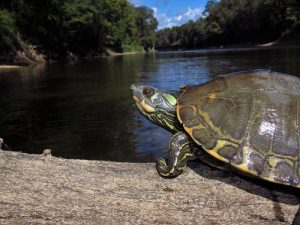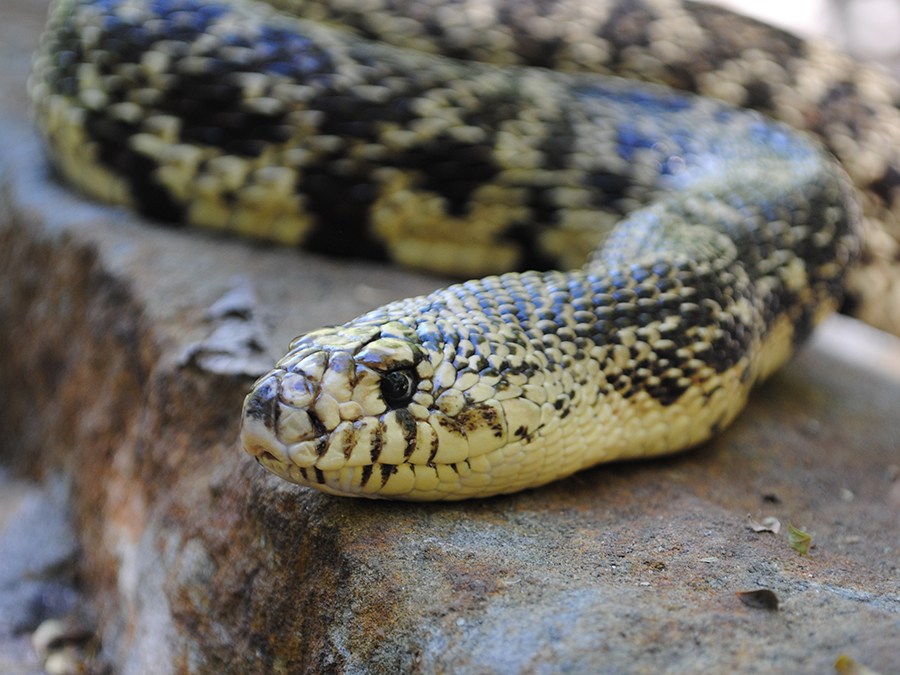The crisis facing our nation’s fish and wildlife is daunting. More than one-third of all species in the United States are at risk of becoming threatened or endangered unless we proactively implement on-the-ground conservation measures. It costs the American public hundreds of millions of taxpayer dollars each year to recover threatened or endangered species, costs that could be avoided or greatly reduced if we prevent fish and wildlife from needing these “emergency room” measures in the first place.
The Recovering America’s Wildlife Act is built upon the premise that the best way to save America’s wildlife is through collaborative, proactive, voluntary work before species are in trouble. This legislation will help conserve and recover our nation’s fish and wildlife by dedicating $1.3 billion for state-level conservation and $97.5 million to Tribal nations to recover and sustain healthy fish and wildlife populations. The funds will be used to accelerate the recovery of the more than 12,000 species of greatest conservation need across the country by implementing the strategies identified in each state’s congressionally mandated State Wildlife Action Plan. Similarly, tribal nations will expand conservation efforts on their lands, which provide vital habitat for hundreds of fish and wildlife species, including more than 500 species listed as threatened or endangered.
Our nation has a remarkable history of coming together to bring species back from the brink of extinction by funding professional, science-driven fish and wildlife management. Eighty years ago, prized game species like elk, wood ducks, wild turkeys, and trout were at the cusp of being lost forever. Instead, hunters and anglers came together to leverage user fees for game species conservation because they understood that preserving wildlife takes coordinated, consistent investment in collaborative conservation.
It will take a similar vision and effort to address the escalating problems facing our fish and wildlife in the 21st century. Emerging diseases, invasive species, and extreme weather threaten wildlife at a scale inconceivable just a few decades ago. Thousands of species of birds, mammals, fish, frogs, turtles, butterflies, and plants are slipping through the cracks.
All Americans benefit from healthy fish and wildlife populations, but currently 80 percent of the funding for our state wildlife agencies comes from just one small slice of the population—hunters and anglers. Sportspeople have long supported wildlife conservation efforts by paying taxes on shooting, hunting, and fishing gear, and through the purchase of licenses, permits, and stamps.
For decades, this model of conservation worked to preserve game species, but too often there is not enough money to help imperiled wildlife that are not hunted or fished. Adequate funding is the key to protecting species long before they become endangered.
 Louisiana has 362 species of greatest conservation need and increased funding can help with research, data collection and management options for habitat. The Louisiana Department of Wildlife and Fisheries has a plan for using the expected $16 million annually from passage of RAWA. This includes being proactive to keep the 27 species identified as needing protection off the Endangered Species List. Funding would be prioritized to help recover species currently on the Endangered Species List, such as Louisiana pearlshell and Louisiana pine snake.
Louisiana has 362 species of greatest conservation need and increased funding can help with research, data collection and management options for habitat. The Louisiana Department of Wildlife and Fisheries has a plan for using the expected $16 million annually from passage of RAWA. This includes being proactive to keep the 27 species identified as needing protection off the Endangered Species List. Funding would be prioritized to help recover species currently on the Endangered Species List, such as Louisiana pearlshell and Louisiana pine snake.
You can show your support for wildlife by talking about how passage of the Recovering America’s Wildlife Act helps ensure that our children and grandchildren inherit the full diversity of our nation’s fish and wildlife and enjoy the same outdoor recreation opportunities we have today.
-Rebecca Triche, Executive Director


